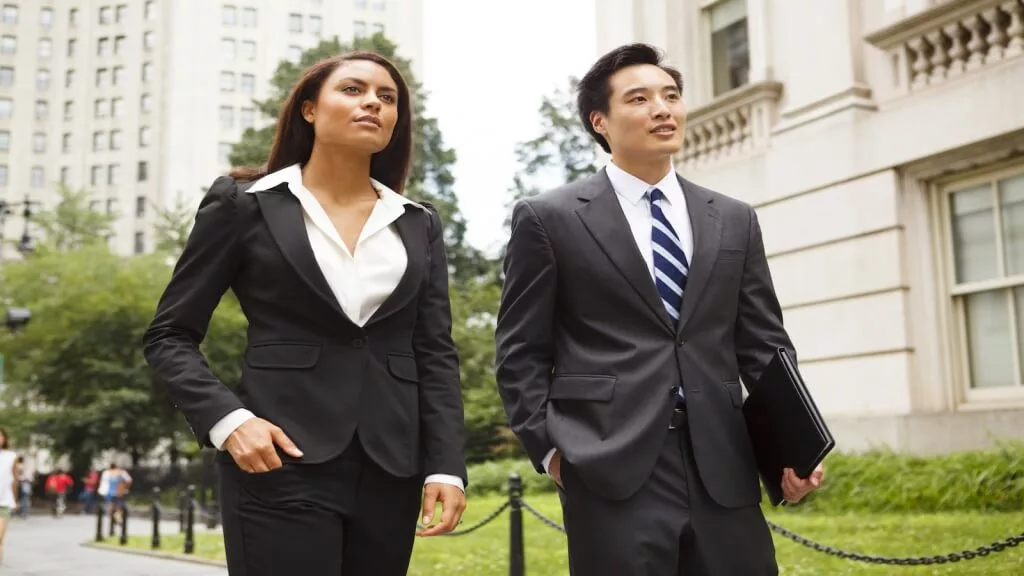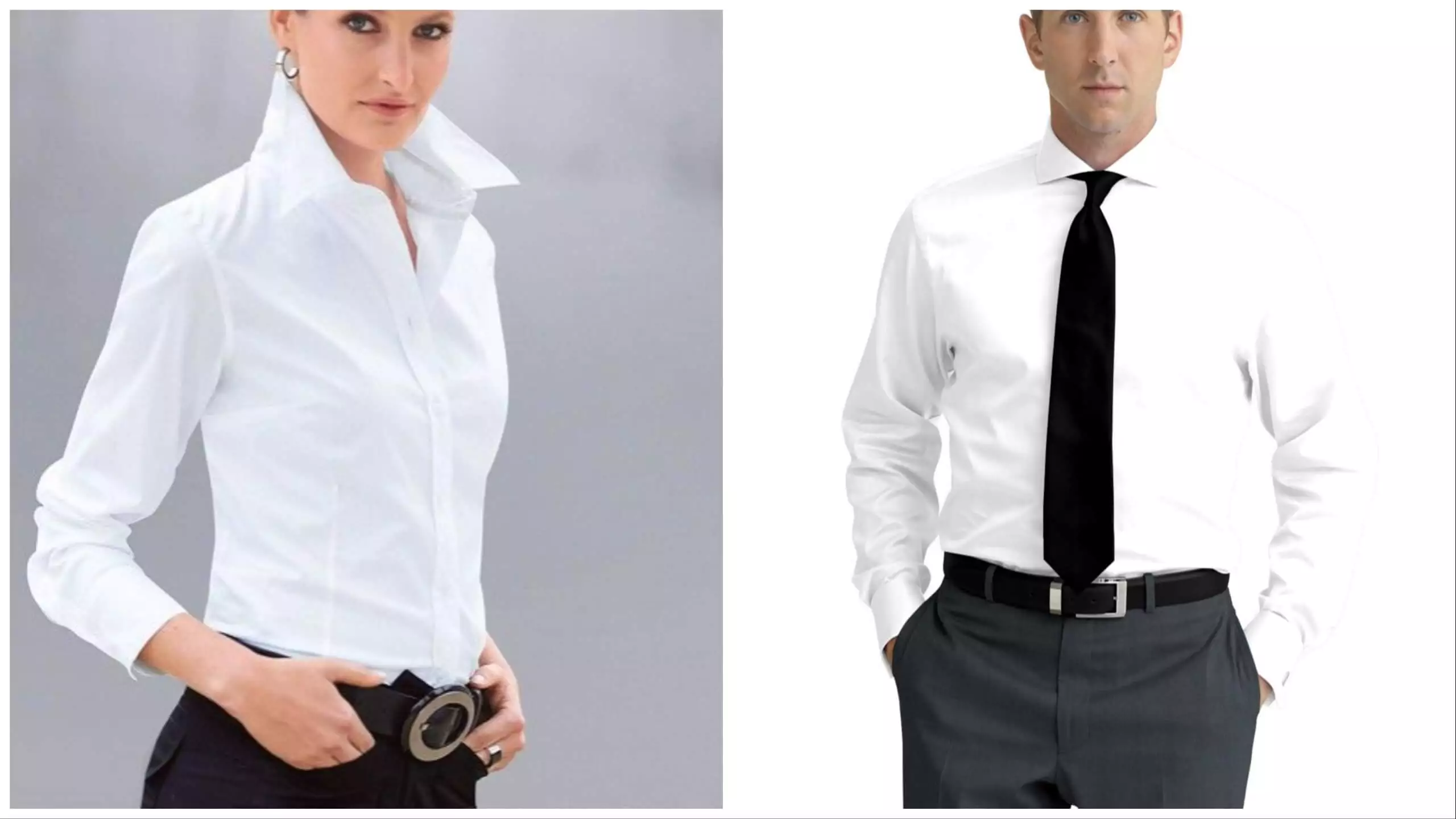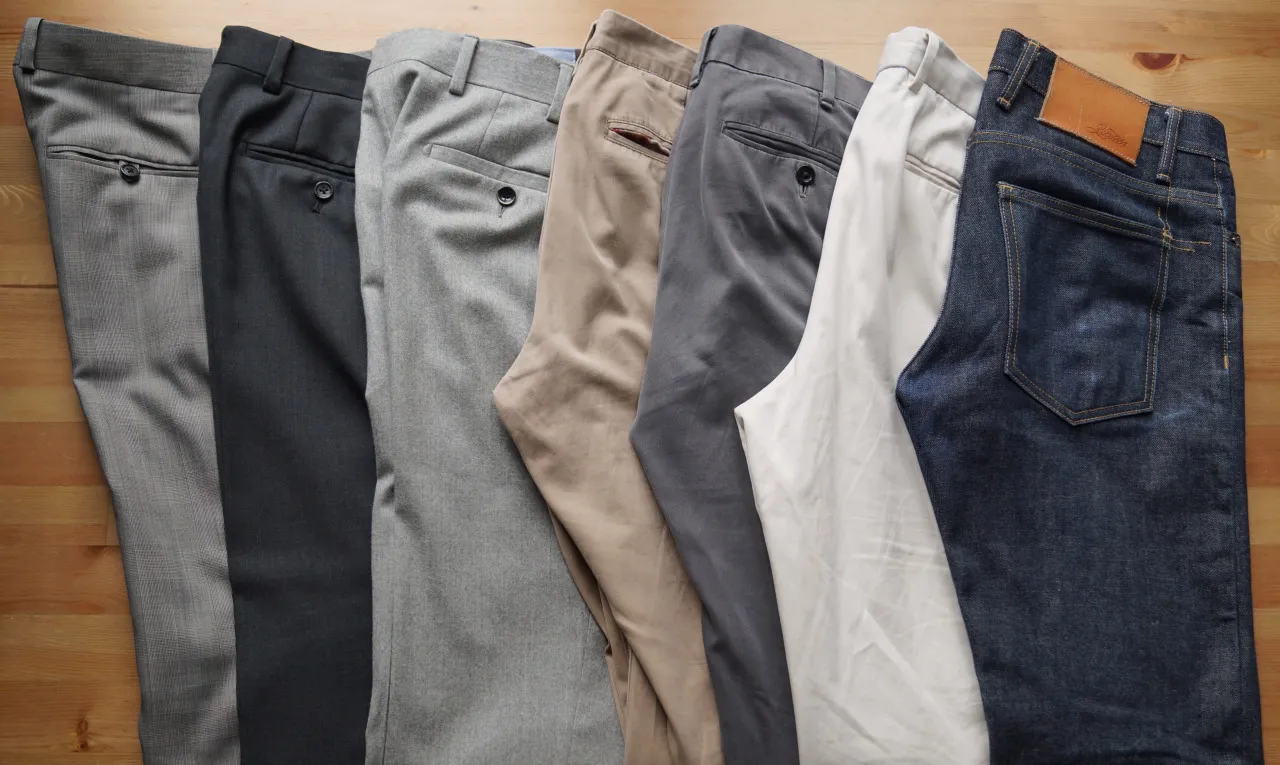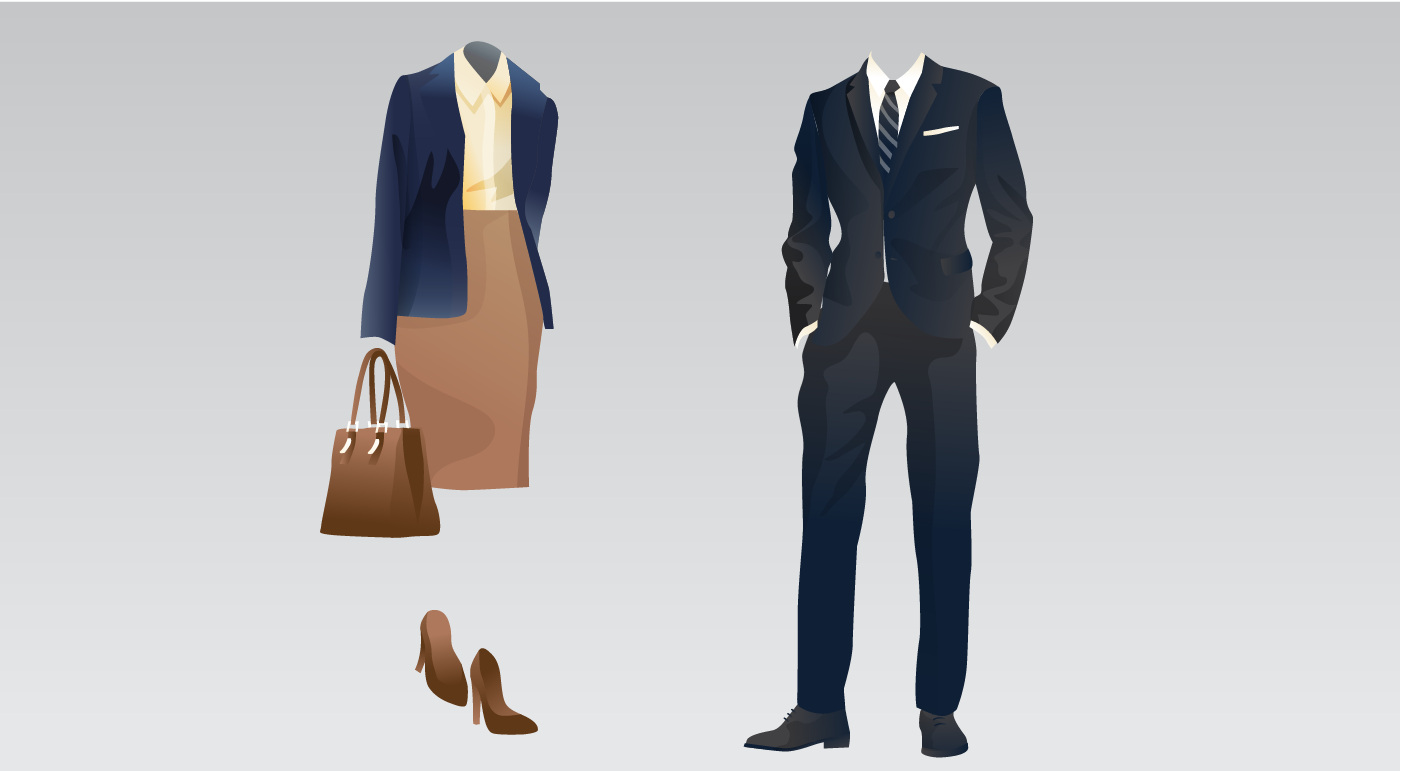Business Attire Guide for a Professional Look
Dressing the part is essential for making a lasting impression in the professional world. Whether you’re heading to a job interview, a crucial meeting, or simply want to exude confidence at the office, mastering the art of business attire is a must. In this comprehensive blog post, we’ll explore what it takes to look professional and polished in your business attire. Let’s dive into the world of sartorial success!
Content
Business Attire: The Power of First Impressions

Business attire isn’t just about dressing up; it’s about showcasing your competence and respect for the workplace. Here’s how to elevate your style and make a statement with your professional look:
Understanding Dress Codes
Different businesses may have varying dress codes, and it’s essential to know and adhere to them. Here are some common business dress codes:
1. Business Formal:
- For Men: A two-piece suit in classic colors like navy, charcoal, or black. A crisp, long-sleeved dress shirt, conservative tie, leather dress shoes, and dark socks.
- For Women: A tailored skirt or pantsuit with a blouse, closed-toe pumps, and conservative accessories.
2. Business Professional:
- For Men: Similar to business formal, but you can opt for a wider range of colors and patterns for shirts and ties.
- For Women: A mix of suits, tailored dresses, skirts, and blouses. Closed-toe or peep-toe shoes, and understated accessories.
3. Business Casual:
- For Men: Dress slacks, khakis, or chinos with a collared shirt (with or without a tie), loafers or casual dress shoes.
- For Women: Slacks, skirts, or dresses paired with blouses, sweaters, or casual tops. Flats, heels, or dressy sandals are suitable.
4. Casual Fridays:
- For Men: Polo shirts, casual button-down shirts, khakis, and clean sneakers.
- For Women: Casual dresses, skirts, blouses, and flats or low-heeled shoes.
The Classic Suit

When in doubt, opt for a well-fitted suit. A classic black, navy, or charcoal gray suit exudes professionalism and versatility. Ensure it fits you perfectly; tailoring is key.
Crisp Dress Shirts

Invest in high-quality dress shirts in various colors, including white, light blue, and subtle patterns. These are the foundation of your professional wardrobe.
Bottoms Matter

For men, pair your dress shirts with tailored trousers. Women can choose between tailored pants, skirts, or dresses, focusing on a conservative and comfortable fit.
The Power of Accessories

Elevate your business attire with the right accessories. A silk tie, a tasteful belt, and polished dress shoes can make a world of difference.
Conclusion
A professional look is crucial for success in the business world. Your attire should reflect your competence, confidence, and respect for your role and workplace. By understanding dress codes, building a versatile wardrobe, and following general tips, you can consistently achieve a professional appearance that sets the stage for a successful career.
FAQs
What is considered appropriate business attire?
Business attire typically consists of a suit and tie for men and a professional dress, skirt, or pantsuit for women. It’s essential to choose conservative and well-fitted clothing.
Can I add a personal touch to my business attire?
Absolutely! While maintaining professionalism is crucial, you can express your style through accessories, such as statement necklaces, cufflinks, or pocket squares.
Are there specific colors that are more professional?
Neutral colors like black, navy, gray, and white are universally accepted as professional choices. However, subtle shades of other colors can also work well, as long as they aren’t too vibrant or distracting.
How can I adapt my business attire for different seasons?
To stay comfortable and professional in various seasons, consider lightweight fabrics like cotton and linen for summer and heavier materials like wool for winter. Layering is also a great way to adapt to temperature changes.

Discover the sartorial world through Frank White, a seasoned fashion aficionado. With a keen eye for 90s fashion trends, accessories, and cultural styles, Frank explores iconic pieces, red carpet looks, and sustainable fashion, offering insights into dressing for every occasion and body type.

